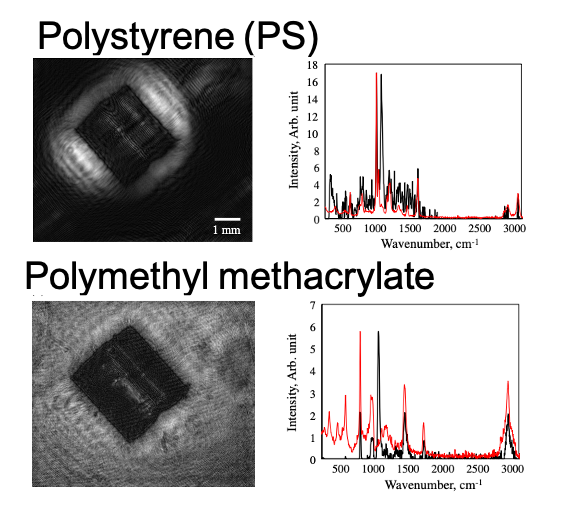RamaCam aims to prove the concept of combined imaging and chemical analysis to differentiate between particles that cannot easily be told apart and monitor their distribution in the ocean. While particles are thought to play an important role in transporting carbon to the deep, and need to be monitored at scale to understand the impacts of plastics and plumes, they are invisible to most sensors.
RamaCam will leverage μs exposure CMOS and compact spatial heterodynes to develop light-weight, low-power holographic imaging and spectroscopy in a single device. The project will demonstrate to TRL 4 how such a package can be deployed on scalable monitoring platforms such as the Argo float.
This is a collaborative project between the University of Southampton, JAMSTEC, Institute of Industrial Science at the University of Tokyo and the University of Aberdeen. This project is funded by NERC and the JST under the SICORP program, Grant number NE/R01227X/1 Marine sensor proof of concept, 2018 to 2021.
Below are some pictures of the RamaCam lightweight setup and examples of holographic imaging and Raman spectroscopy using a single light beam.


Ocean Expeditions
- KM20-11 - JAMSTEC R/V Kaimei for sample collection and RamaCam field experiments
- YK20-E02 - JAMSTEC R/V Yokosuka for sample collection and RamaCam field experiments
Project partners

























